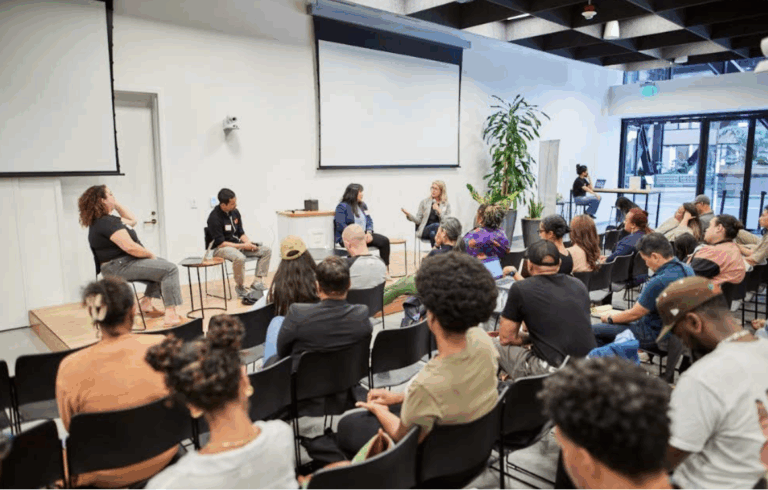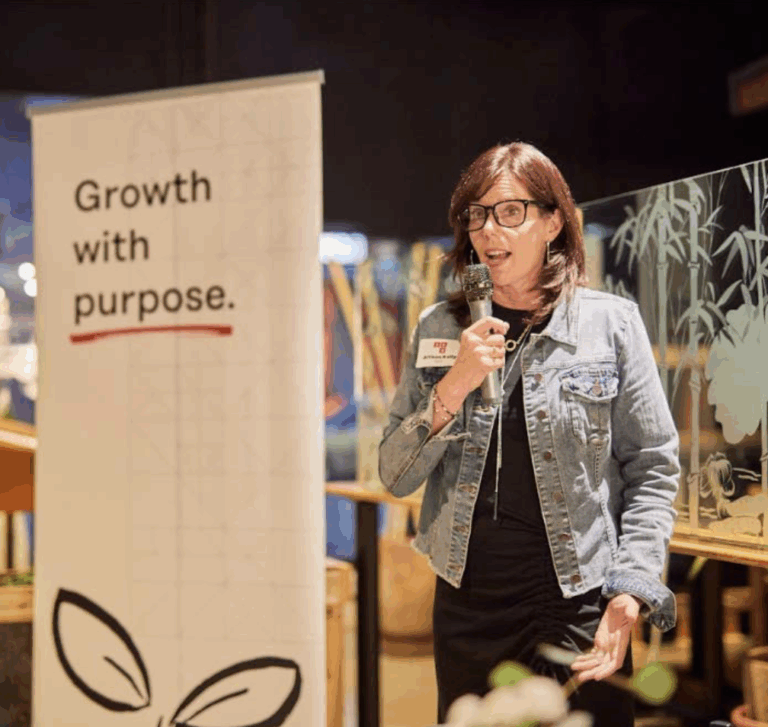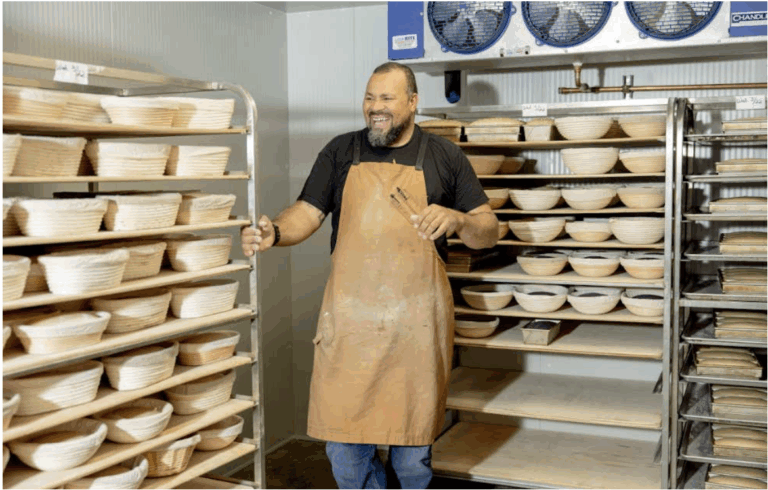The Maintainers Reflect on the Organization’s Past and Future
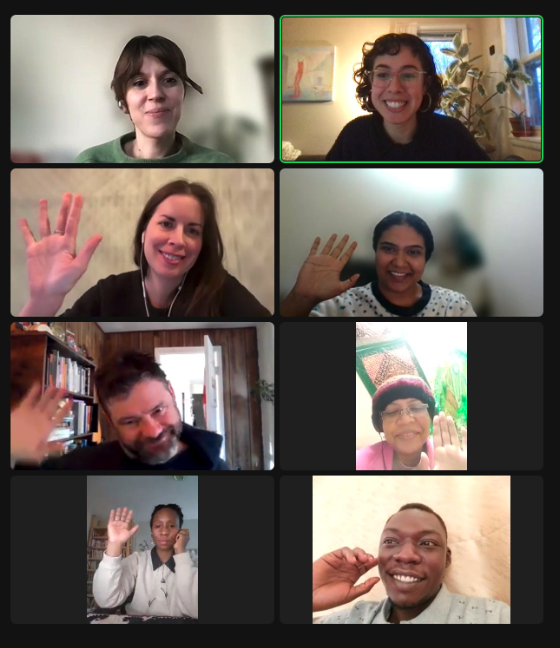
A bridge collapses despite ample evidence of its deteriorating condition. Weather data that will inform our weekend plans is collected by a network of amateur weather recorders. Investors pour millions of dollars into vaunted new technologies without considering their effectiveness or long-term usability. The Maintainers exists to highlight the importance of maintenance, repair, and care work in all of these scenarios—and many more—and to provide the networks, community, and resources to champion the labor and expertise to sustain our human-built world.
This summer, The Maintainers enters a new phase. The organization is transitioning from a fully grant-funded organization to a distributed leadership model (with carry over funding sourced from network outreach in 2024) in which a Steering Committee and network members take ownership for building on the community of practice established during the organization’s first phase. We sat down with The Maintainers’ outgoing co-directors Liliana Coelho and Lauren Dapena Fraiz to talk about how their work has evolved and changed over the years, why The Maintainers is embracing a new model of leadership, and the legacy of their first phase of work.
As The Maintainers enters a new chapter, it’s worth emphasizing that the organization has always adapted, evolved, and changed. What challenges were The Maintainers designed to address? How has that vision changed over time?
Lauren Dapena Fraiz: The Maintainers started as a conference series (2016, 2017, and 2019) founded by academics. They were reacting to the fact that there is—and continues to be—a fetish around innovation in Silicon Valley and many other economic bubbles. This “shiny object syndrome” seeks new technologies that aim to revolutionize the world and the economy, while often overlooking infrastructures that existed, but weren’t properly maintained or funded. The Maintainers was developed to challenge that mode of thinking.
In the conference years of The Maintainers, community members were asking questions that ran counter to a vision of innovation for its own sake: What happens if we maintain the infrastructure and technologies that we already know work but that are currently being ignored or are under-resourced? What would it take to refocus on maintenance, repair, and care as a mode for improving society?
Those questions galvanized a lot of people from different disciplines: information science, architecture, design, art, and more. Over time, the scholarly conference evolved into a conversation about what maintenance, repair, and care looked like in practice and the types of programs that can support the implementation of those ideas on the ground. The Maintainers became a full-fledged project to lead that work.
That’s when both Liliana and I became involved with The Maintainers. We both come from nonprofit and research backgrounds where we bridged scholarly thought with public communication, knowledge, and practice. At The Maintainers we developed programs that were inclusive of practitioners and that unified theory and practice.
What programs epitomize this work of bringing together practitioners and academics to develop a vision and to engage in maintenance, repair, and care work?
Liliana Coelho: The fellowship was the next iteration of The Maintainers after the conference series. The fellowships were an effort to give practitioners a space to explore research, and for researchers to have a chance to connect with practitioners. Each fellowship cohort looked a little different, but all of them included a lot of group conversation about what maintenance, repair, and care means within their disciplines. It also provided an opportunity to share knowledge with one another.
We’ve also added a lot of virtual events to help people who are coming into The Maintainters find their way in our community. The throughline between all these activities is an effort to support and unify theory and practice. We also really want to show gratitude for people who are doing work that is so often invisible and so often undervalued.
The values underlying your work haven’t changed but your strategy for supporting the community has shifted a bit. What changes has The Maintainers made in its strategy?
LC: One big reason why we shifted away from conferences is that we wanted to make this a movement that was more accessible for people around the world who weren’t able to make it to in-person conferences. We also wanted to be able to center the experiences and needs of the workers who were actually leading maintenance-centric projects on-the-ground instead of only focusing on the theorists who were talking about the people doing the work. We saw an opportunity to uplift and amplify those people who are on-the-ground.
LDF: There was also a growing sense that the issues that we’re talking about are really global issues; they span across geographies. Supply chain, manufacturing repairing, how technological advancements are changing the workforce, climate change, circular economies, and a host of other issues related to the right to repair movement are really global in nature. It is a strength of The Maintainers to be able to think about that beyond a specific place.
That meant making the organization virtual and really focusing on developing a network of maintainers. There was always a desire to make the organization cooperative. A lot of different people have played pivotal roles in building and delivering that mission. COVID-19 also pushed us to shift to a virtual model.
Then we shifted again because we found that people were burnt out on virtual experiences and being in front of screens, coming out of the pandemic. People really crave connection. So we tried to develop a model in which the action can be place-based but there also continues to be a virtual network where people can connect. That meant making things more efficient so that The Maintainers wasn’t just a collection of virtual, online events, but also offered other resources and convenings, including meet-ups, communities based on particular types of maintenance, and written materials to support maintainers.
How have you grown The Maintainers’ network to be more global and more representative of the folks who are doing the work on-the-ground?
LC: It began with the fellowship which is composed of people who are doing maintenance, repair, and care work in a variety of sectors. Next, our virtual events led to more organic networking opportunities. We would make sure to link people together who are doing parallel work across the globe in similar fields, or in different fields but in close physical proximity.
LDF: It’s a bit of a challenge to find the right balance between acknowledging people who are doing this work on-the-ground and also reaching out to more established organizations that are similarly aligned that can bring the message of maintenance, repair, and care to larger audiences. For example, we’ve worked with Repair and Reuse Washington, Culture of Repair, and the Tool Library Alliance. Those groups are doing great work in very specific areas. By partnering with them, we try to help break down some of the siloes that exist within the maintenance community.
LC: We believe in the importance of breaking down silos among disciplines, and this happens when you put people from different professional spheres in conversation. For example, when a practitioner who led repair cafes attended a mental health counselor’s workshop on “connection,” they were able to unlock the psychosocial value of their work. They realized that the cafes offered more than just a chance to take care of physical belongings, they also provided a space for people to check in on one another. There was an additional layer of care happening alongside the physical repair.
LDF: We find that a lot of The Maintainers create bonds and social connectivity through the repair work and across types of repair. For example, one of our steering committee members is interested in the intergenerational component of repair education. Repair and maintenance provide a space where knowledge can be transmitted between generations.
You recently announced that you are tapering The Maintainters’ primary grant-funded chapter and introducing a transition to a distributed leadership model. You’ve developed a study guide that offers resources for this next chapter. What will this next chapter look like? Why did you decide to create the study guide?
LC: Distributed leadership returns us to our roots in some ways. We’re trying to formalize the idea that knowledge and community is owned by all of us, across disciplines and locales. Each type of maintenance practice holds value and it’s hard for one person or entity to direct everyone to a single understanding.
We were hearing from our community that they wanted and needed this work to continue. This was especially true of our global fellows; they really wanted the ability to continue to draw on the body of work that we had developed over years at The Maintainers.
The folks at Siegel provided support and helped us to create a plan for what that might look like and how we could set up the new distributed leadership model for success. The study guide is a key part of that effort. The goal is to synthesize the work that we have done and provide maintainers with the concepts, examples, and inspiration they need to ground their work in the principles and processes that we’ve collectively developed throughout our history as a network.
LDF: The study guide is part of our effort to be super transparent and approach the transition with the best of intentions. We’ve additionally created internal workflows for the steering committee documentation and we’re giving some funds so that the steering committee can maintain the website and have small stipends for themselves.
We’ve also received guidance about how to launch that “exit to community” from the folks at the University of Colorado Boulder and we feel secure that we’ve done what we can to help The Maintainers thrive in its next phase. It’s been incredibly motivating to see that people want The Maintainers to exist in some way.
Liliana and I are still sometimes nervous about how the organizational transition is going to go. But we’re open to that experimentation. It will look different. It might look a little scrappier because The Maintainers won’t have staff in the way that it had before. But we are trying to be comfortable with that. We know that we have a super supportive and incredible community that will do amazing things with The Maintainers.
What’s the legacy of your phase of work at The Maintainers?
LDF: The Maintainers is very broad, which has been a strength and a curse. But one of the advantages of having a broad message around the concept of maintenance, is that you can use that lens across very different fields.
I’ve seen this happen a lot in higher education. For example, we had a university in London reach out to find out whether they can incorporate the study guide into their curriculum. We had someone from a university in the Netherlands reach out to report that they used our approach to develop an ethnography of the people who maintain windmills.
That’s one really profound legacy of The Maintainers—the application of maintenance, repair, and care concepts and practices across disciplines and spaces. We’ve tried to set up the study guide so that you can take a few ideas of The Maintainers and apply them to a project that is about looking at things that are unseen or not maintained or not cared for. Everybody can choose their own flavor of that.
###
Liliana Coelho and Lauren Dapena Fraiz recently exited their roles as co-directors of The Maintainers, paving the way for the organization’s next phase.
Liliana joined The Maintainers’ team in March 2022, providing operational support for fellow and partnership-led events and conducting strategic community outreach. Formerly, Liliana worked at the leadership level of a national nonprofit supporting rural schools and teachers, and as a research fellow for a national guaranteed income research project. Her interests take place at the crux of belonging, circular economies, place-based arts, and reproductive rights. She is based in Madison, Wisconsin.
Lauren joined The Maintainers’ team in 2020 and supported the team in various capacity-building areas including organizational development, community coordination, and research. Lauren has a background in non-profit development, academic research, education and public health. She is especially interested in the intersection of maintenance with social care, and in the development of a research agenda that meaningfully bridges disciplines together. She is based in Brooklyn, New York, and is originally from Spain.
